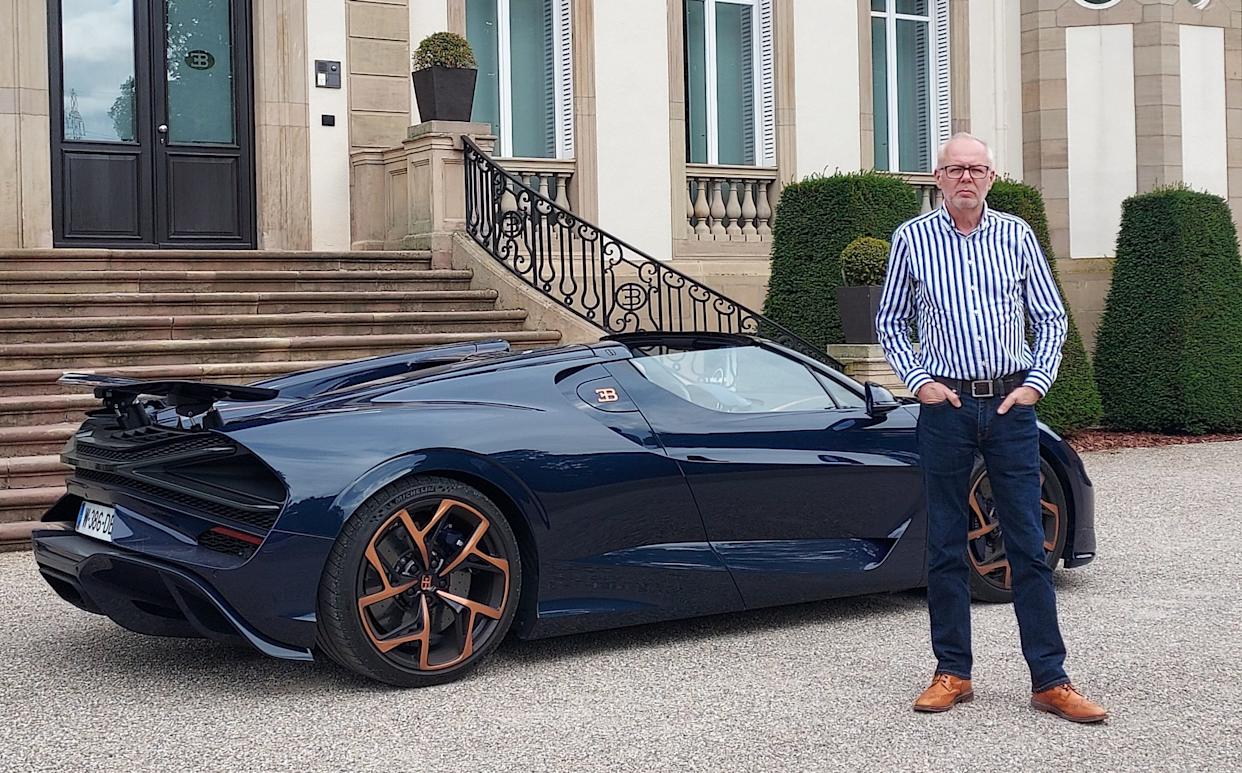
When hypercar maker Bugatti’s media team invited me to visit the factory to “look at the history of Bugatti and some historic cars”, it soon crossed my mind that I might simply end up writing about a historic marque that has been chronicled to exhaustion.
Then… “Oh, by the way, we’ll organise a drive in the Mistral for you.”
The five seconds of silence at my end – about the same time it takes for a 1,641bhp, 282mph, €5 million Bugatti Mistral to reach 100mph from standstill – allowed my brain ample time to compute: I would be among the first (and only) handful of journalists to drive one of the sold-out, 99-cars-only run.
“Yes, that would be nice,” I heard myself say.
But it wasn’t the last understatement. There was no way would Bugatti let me loose solo in the car around its base at Molsheim, Alsace, France. “Bruno”, a local chap, would accompany me, demonstrating the car and its controls before swapping seats.

Intelligent, smiley and fun, Bruno Spengler, 41, is Bugatti’s pilote officiel. He had done some racing, one of my hosts said.
That was understatement number two.
A few miles into the drive I asked him about his racing career; what was his best result?
“Oh, I won a championship.”
“Which one?” I asked.
“DTM,” he said. The Europe-wide Deutsche Tourenwagen Masters series is one of the premier motorsport championships in the world, featuring heavily modified production cars. It’s where Formula 1 teams go looking for future talent.
Faster than a racing car
“Is the Mistral faster than the fastest racing car you’ve ever driven?” I asked. “Oh yes,” he replied. And he has raced everything from Formula 3 to the Le Mans 24 Hours.
You probably need Formula 1 experience to benchmark the Mistral’s performance. Alongside the rev-counter is a measure of how much engine power you’re calling upon at any given moment. At one point it showed my right foot had unleashed just over 1,000bhp – leaving more than 600bhp untroubled. Spengler had earlier given me a taste of the full 1,641bhp being deployed. “Pinned in your seat” is oft a claim made: this was the real deal.
As for the noise? Like nothing I’ve ever heard. The 8.0-litre W16 is like rumbling thunder at idle, then under acceleration the bellow of a monster, before whooshing and popping as two then four turbochargers kick in then out. But it also happily cruised through sleepy villages barely turning a head. Bugatti’s claim that some owners use their cars every day is entirely credible.

Returning to Bugatti HQ after my drive, I also received Premier League footballer treatment – hanging around at the gate was a small crowd of car nuts snapping photos and recording videos. “That happens a lot,” said Spengler. Earlier we had had to pull over when two junior football teams stopped their game and ran after us, Spengler taking one of their phones and snapping pictures of them with the Mistral.
Two decades of hypercars
Bugatti arguably created the “hypercar” segment two decades ago with the Veyron, setting a barely believable high bar with its 250mph-plus runs. But like all elite luxury car brands, Bugatti is a way broader proposition than simply a producer of cars, and I got to experience what it’s like to get the billionaire treatment.
Arriving at the entrance – which, if you didn’t know it was there, you would drive past, thinking it was a small industrial estate, albeit surrounding Bugatti’s HQ château – first comes the security check, with polite but no-nonsense guards taking and keeping my passport. Ah.
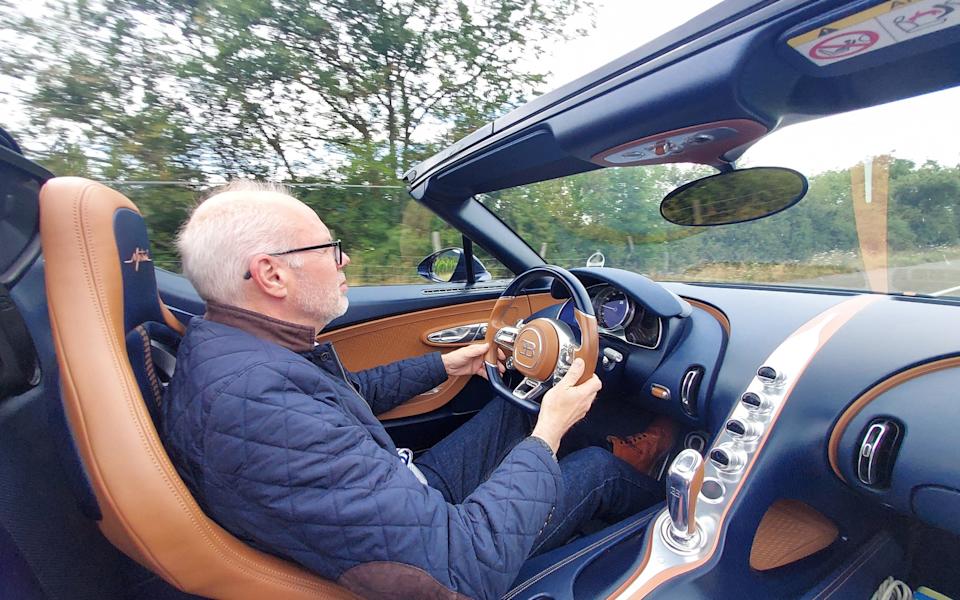
Then there’s the friendly request that I check with the accompanying media team before taking photos, although even then there are areas where photography is banned and I am prevented from reporting what I’ve seen or heard.
Billionaires like that security, secrecy and discretion. And exclusivity. They can have pretty well anything they want in their Bugatti within the bounds of science and legality. It’s believed around 85 cars are delivered annually – the similarly W16-engined Chiron current (£2.5-2.75m plus taxes), the Tourbillon hybrid (£3.2m plus taxes) imminent, although also sold out – each with between €600,000 and €1m-worth of “personalisation” on top of the list price.
While the Mistral did a great deal of the talking, members of Bugatti management opened up, on a no-names condition, for the bigger picture.
Customer tastes
“Customers can specify any exterior or interior colour scheme, although we have a range of paint and interior finish samples as a guide, which we always show outside in natural light,” I was told. “And we test all materials in all sorts of environments.
“Customers often come here with samples of, say, a favourite nail polish as a colour they want. One customer’s daughter is a ‘Swifty’ and the car will be Taylor Swift’s favourite colour,” I’m told, as a lilac-coloured £400,000 Rolls-Royce with impenetrable privacy glass glides by and parks.
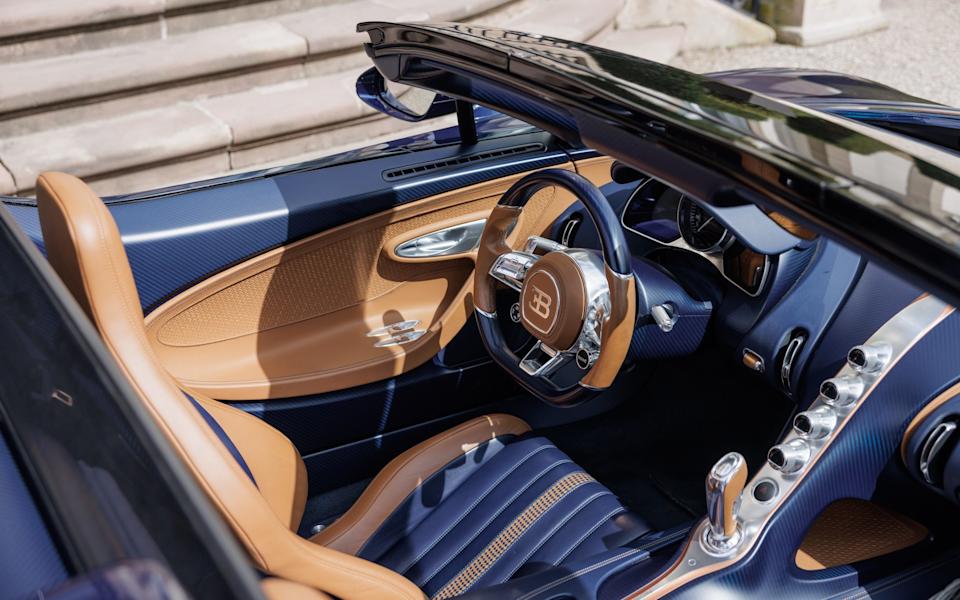
A married couple ordered a pair of Bugattis, each in the other’s favourite colour; another customer specified a piece of artwork be incorporated in the exterior design. “We couldn’t just lacquer over it, because it might yellow, so we had to come up with a new way of painting it,” added a Bugatti manager.
“After all, our customers are among the ‘1 per cent’.” Ages range from early 20s to the mid 80s.
Designs are worked up in Bugatti’s “atelier”, a swish and stylish Mediterranean villa-feel space with a huge screen on one wall linking to a computer program, enabling clients to sit with designers to come up with their perfect car, often as part of Bugatti’s “Sur Mesure” (roughly translated as tailor-made) programme.
“Perhaps 80 per cent of customers come here with a very clear idea of what they want, some sit with one of our designers to talk through and develop their design,” I’m told.
But it’s apparent that cultural and geographical background play a big part in those designs: Europeans are generally pretty conservative, Middle Eastern buyers like their Bugattis to have a “colourful” presence, while North Americans are described as being “even more adventurous” than most. Car deliveries are roughly a third each to Europe, the US, and the Middle East and Far East combined, Bugatti commission slots selling out within weeks of a new car being announced.
As with the very best carmakers, there’s an authenticity to Bugatti: their “normal” is everybody else’s “jaw dropping”.
Exaggerating simply wouldn’t get close to the reality of what they achieve.
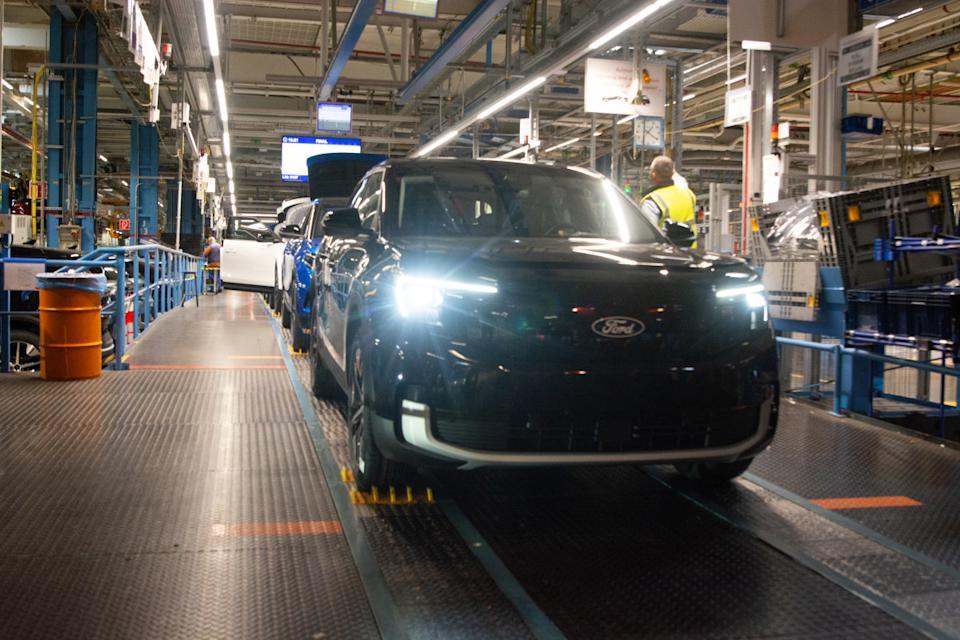

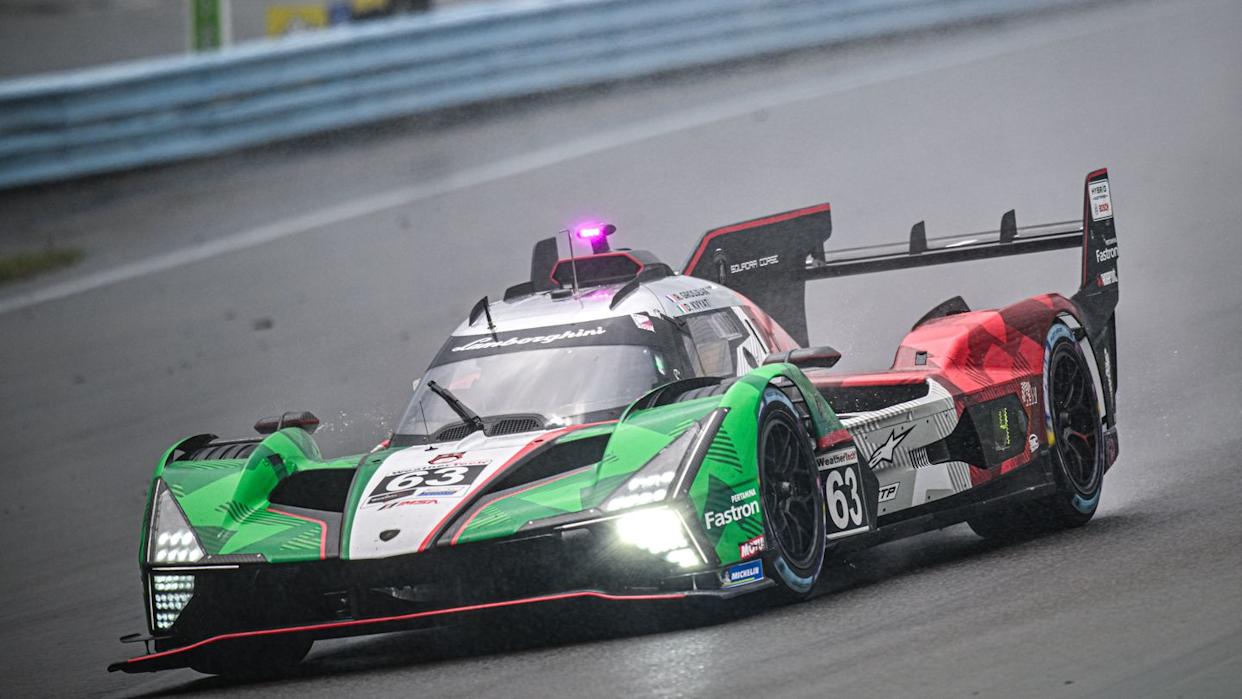
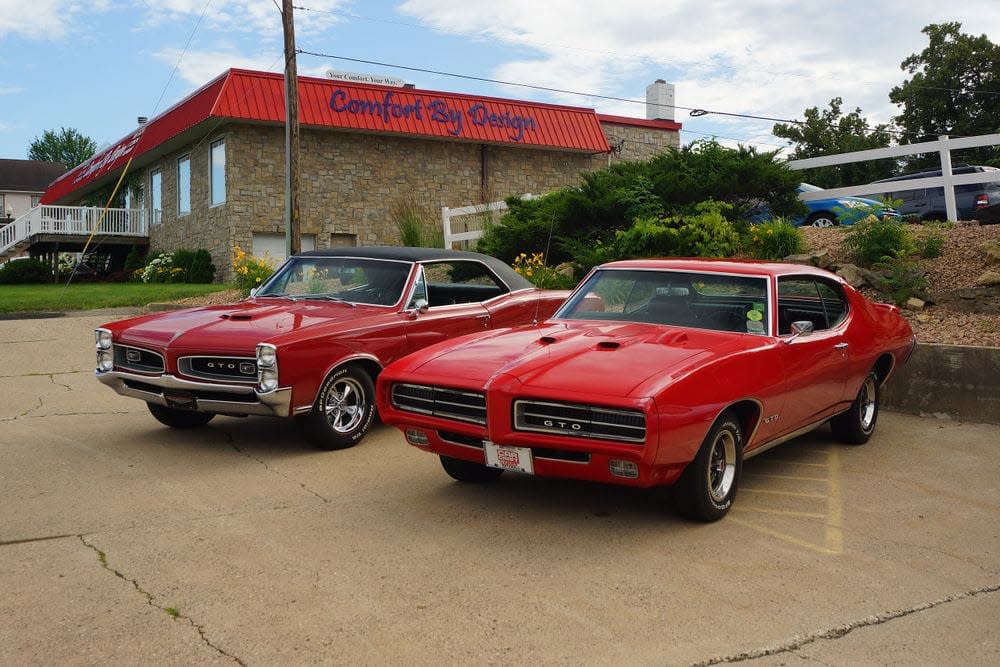
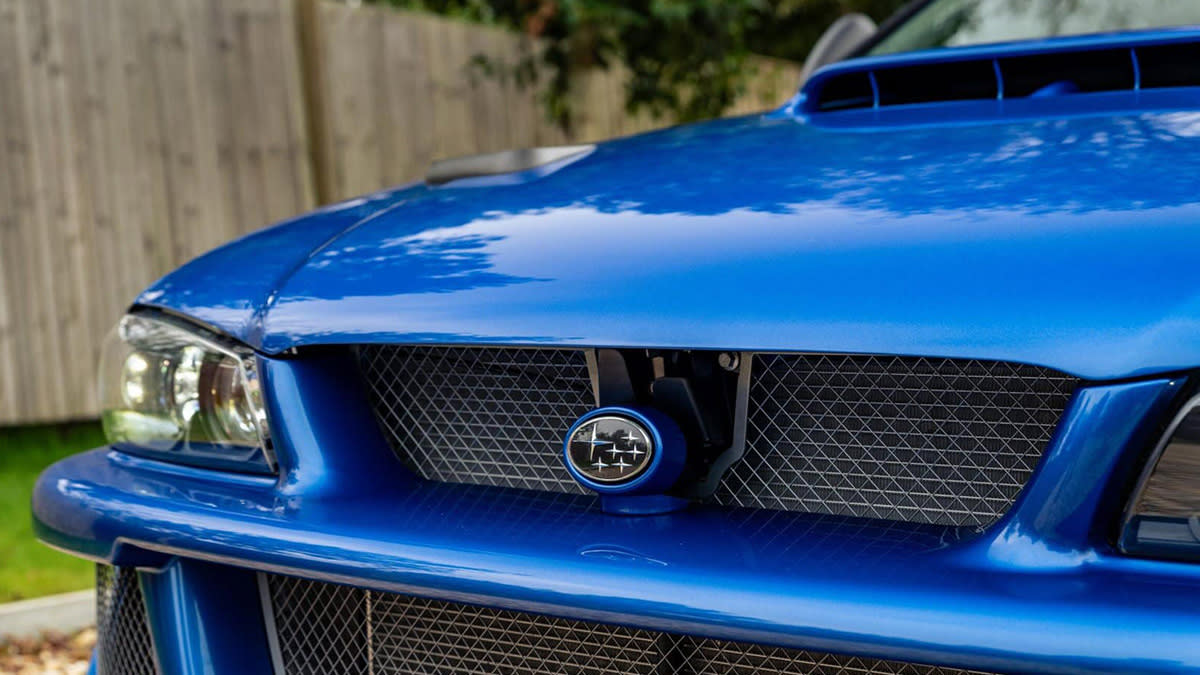
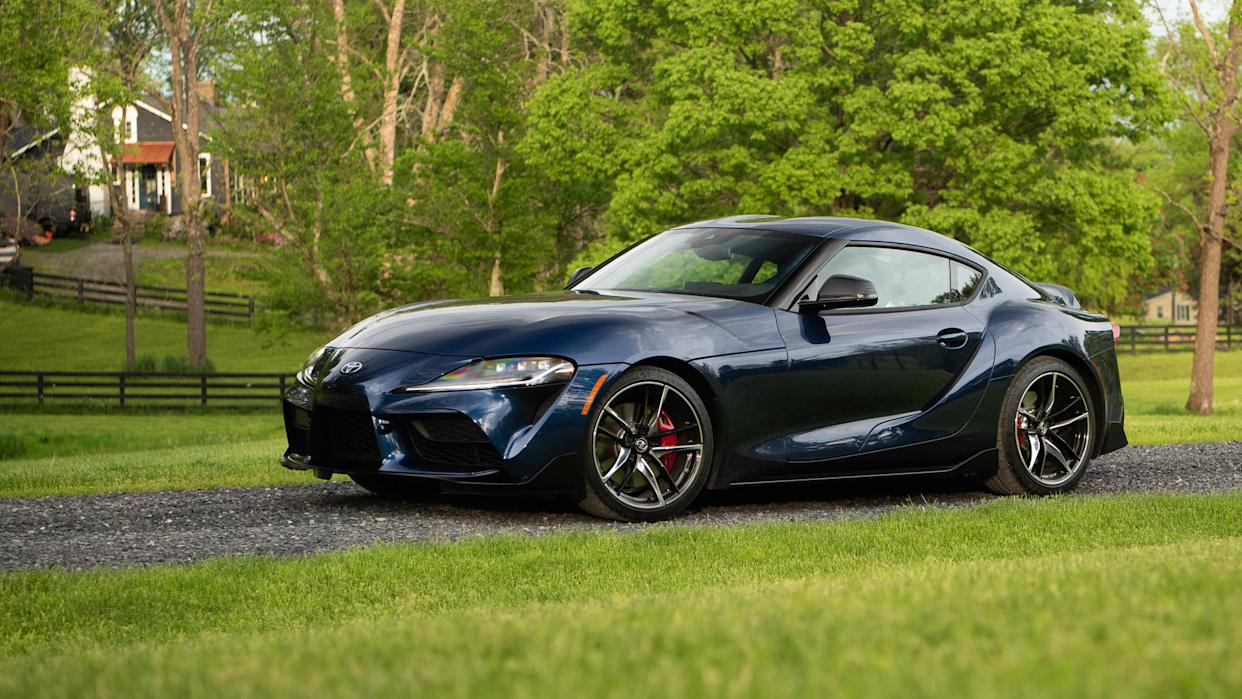
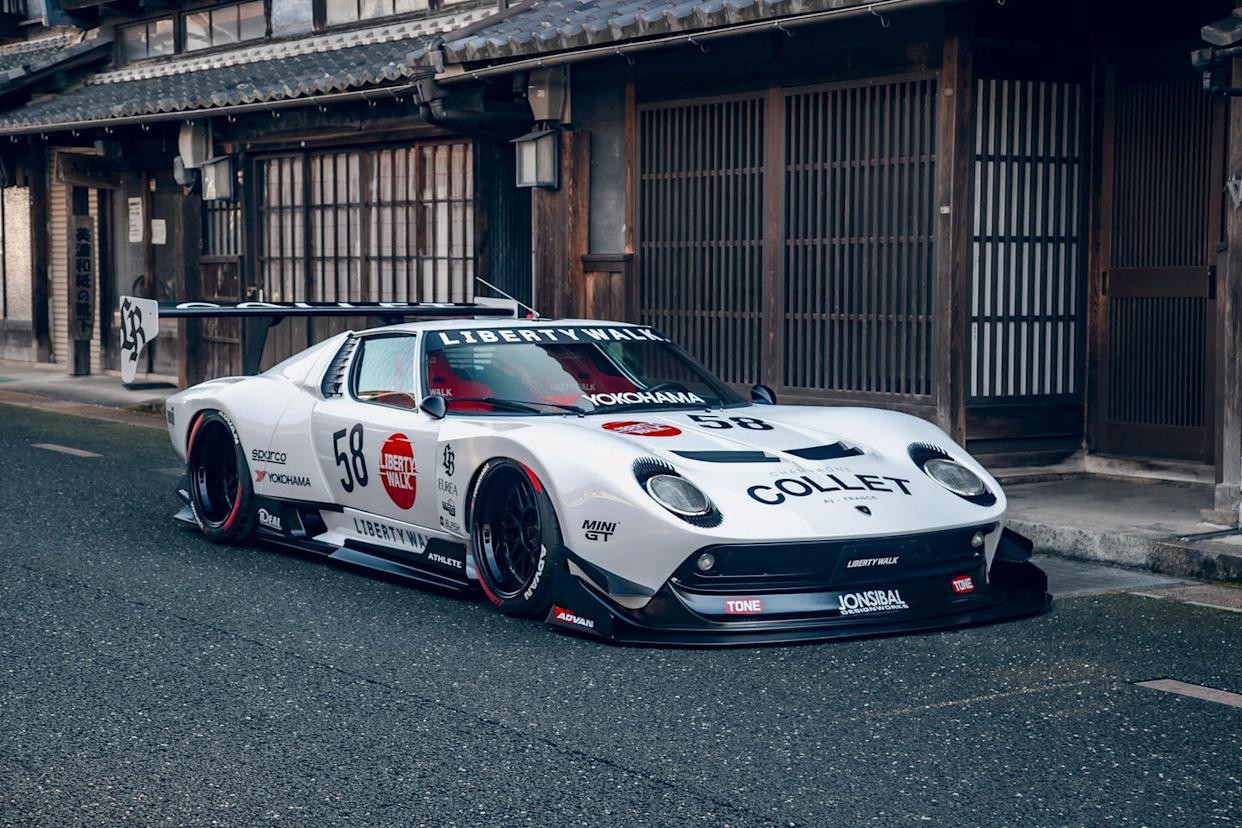
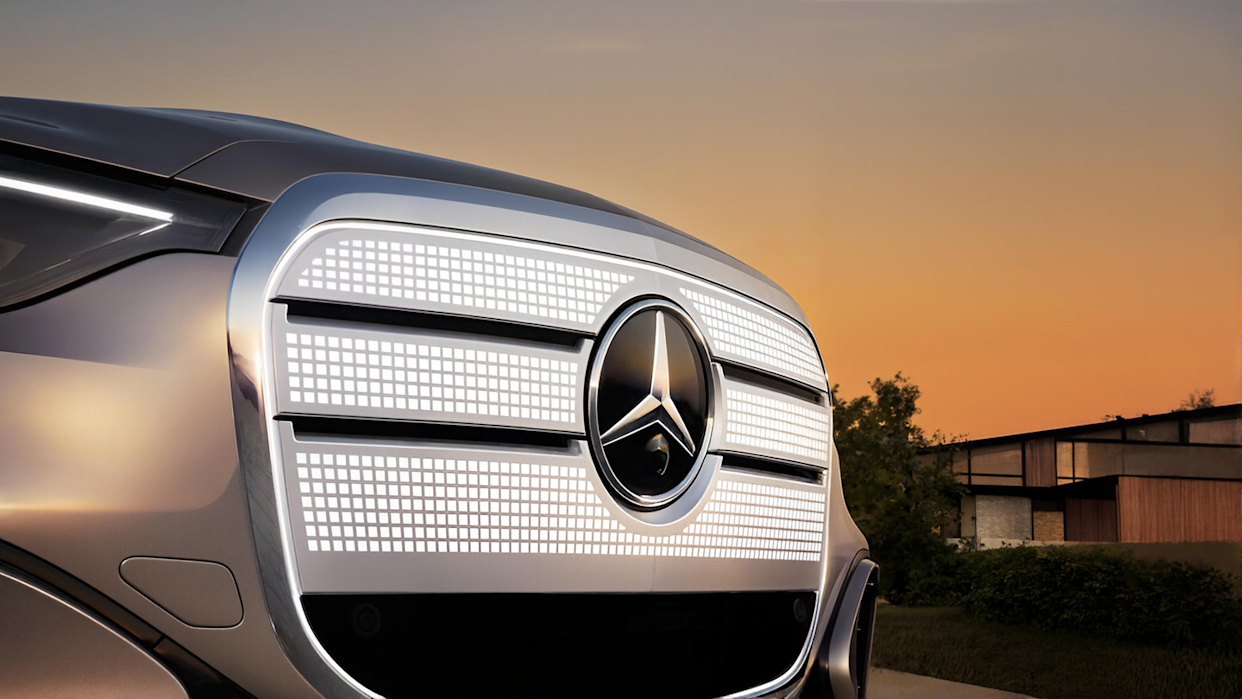
Comments